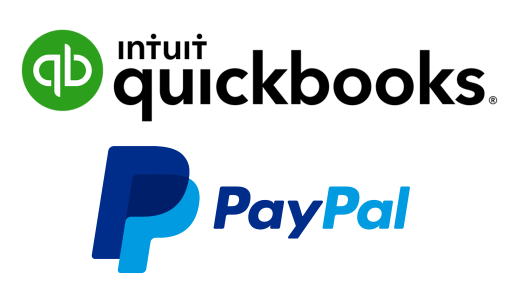Small Business
Intuit Announces ‘Connect to PayPal’ Integration
Transactions retrieved by Connect to PayPal are shown in the banking section of QuickBooks, so the import process is entirely visible, instead of "behind the scenes" as with the old Sync to PayPal app. Further, attempts to record transfers more than ...
May. 17, 2018

As the world shifts away from traditional paper checks, PayPal has become increasingly popular as a means to process online payments, send and receive funds, create invoices and much more. In the past, PayPal users primarily used either the Sync to PayPal app or Bank Feeds to import transactions into QuickBooks. However, Intuit recently launched an alternative to these methods called Connect to PayPal, a free app that provides both time savings and improved data integrity of your accounting records.
“We heard from accounting pros that they wanted more control over how and when PayPal transactions would hit their clients’ books,” said Tony Chang, Intuit Senior Product Manager. “With the new Connect to PayPal app, transactions are seamlessly imported into QuickBooks, and then presented for review and reconciliation, just like how you would reconcile a traditional bank account.”
Although on the surface Connect to PayPal may feel like the former Sync with PayPal and Bank Feeds methods, you’ll find this new integration offers a superior experience:
- Connect to PayPal uses an API (application programming interface) that is reliable, consistent, and provides far more detail than previous methods. Your transactions will now reflect the transaction type, line item level detail and payees, as well as breakdowns for PayPal fees, sales tax, shipping charges, and discounts. Historically line item detail has not been available, and it’s often been difficult to distinguish between net and gross amounts of PayPal receipts.
- Users will have the ability to review, edit, and even undo transactions that you post to your books.
- Machine learning enables Connect to PayPal to automatically categorize transactions. Receipts can now be matched to pending invoices, and unlike other methods, especially manual data entry or importing CSV files, duplicate transactions are detected and brought to your attention.
There’s much more that accounting professionals will like about Connect to PayPal. Since the feature operates similar in nature to Bank Feeds, there’s less training involved for clients. Accountants can access this integration from QuickBooks Online Accountant (QBOA). Accountants can also configure default accounts for ancillary aspects of transactions, such as PayPal fees, shipping, discounts, product or service sales, and more. It’s also easy to rapidly undo any transactions posted by Connect to PayPal, whereas cleaning up unwanted transactions brought in via other methods sometimes requires tedious and repetitive manual deletions. One of the best benefits, by far, is that sales and transaction fees are grouped together as a deposit, which makes reconciling one’s books to PayPal statements far easier.
Transactions retrieved by Connect to PayPal are shown in the banking section of QuickBooks, so the import process is entirely visible, instead of “behind the scenes” as with the old Sync to PayPal app. Further, attempts to record transfers more than once between a PayPal account and a bank account will be detected.
Connect to PayPal is now generally available to all users in the United States in the QuickBooks Apps store. This app will soon be available for beta testing in Canada, Australia, and the United Kingdom, with general availability expected later this year. Availability in all other regions around the world has yet to be determined.
U.S.-based users are encouraged to get started with Connect to PayPal today instead of continuing with any of the legacy methods for posting PayPal transactions into QuickBooks. For help with adopting the new app, see the Connect to PayPal guide.
